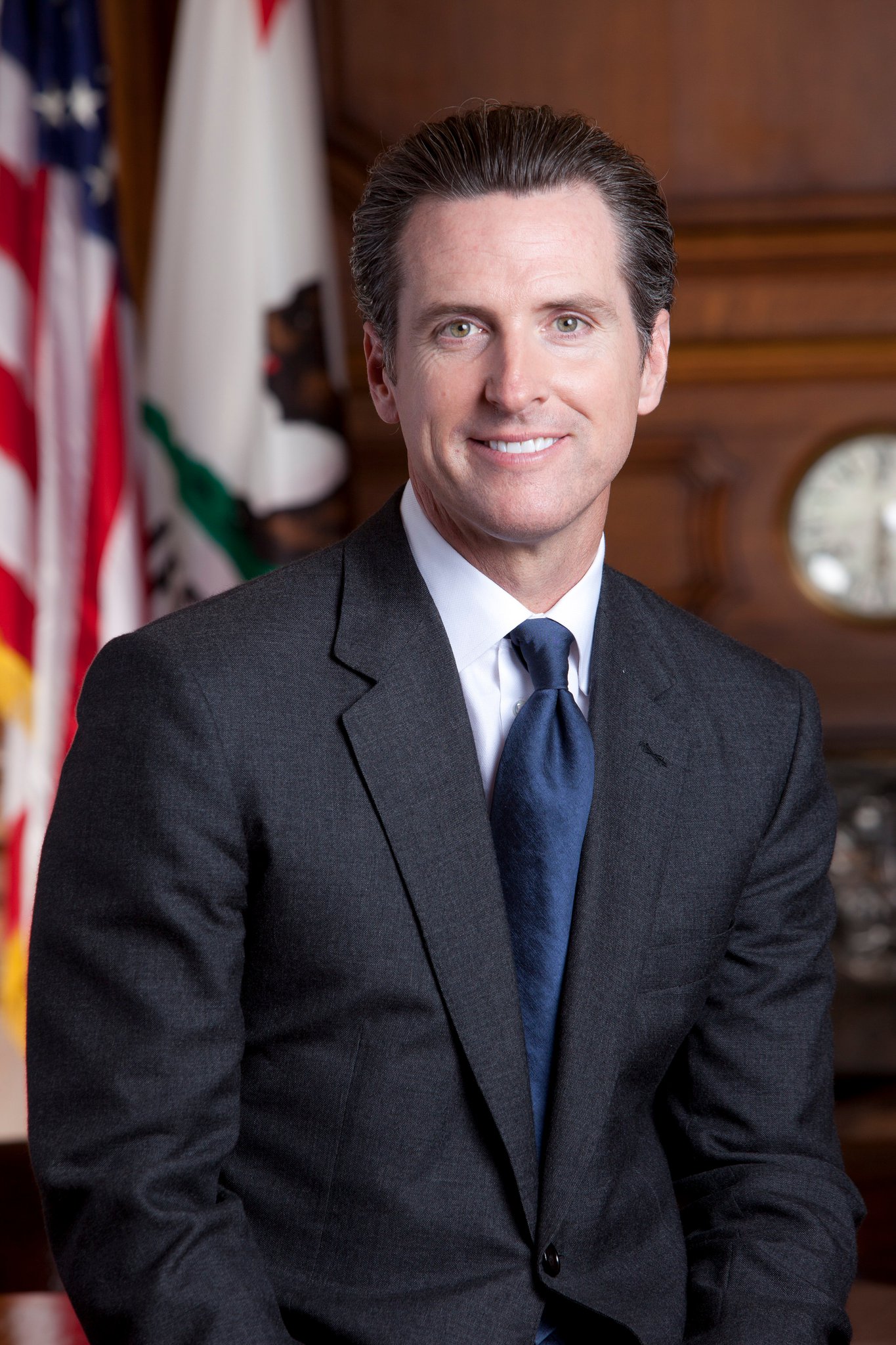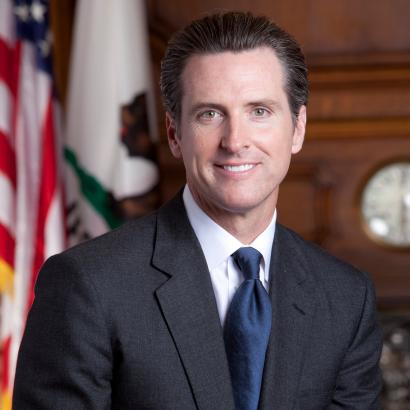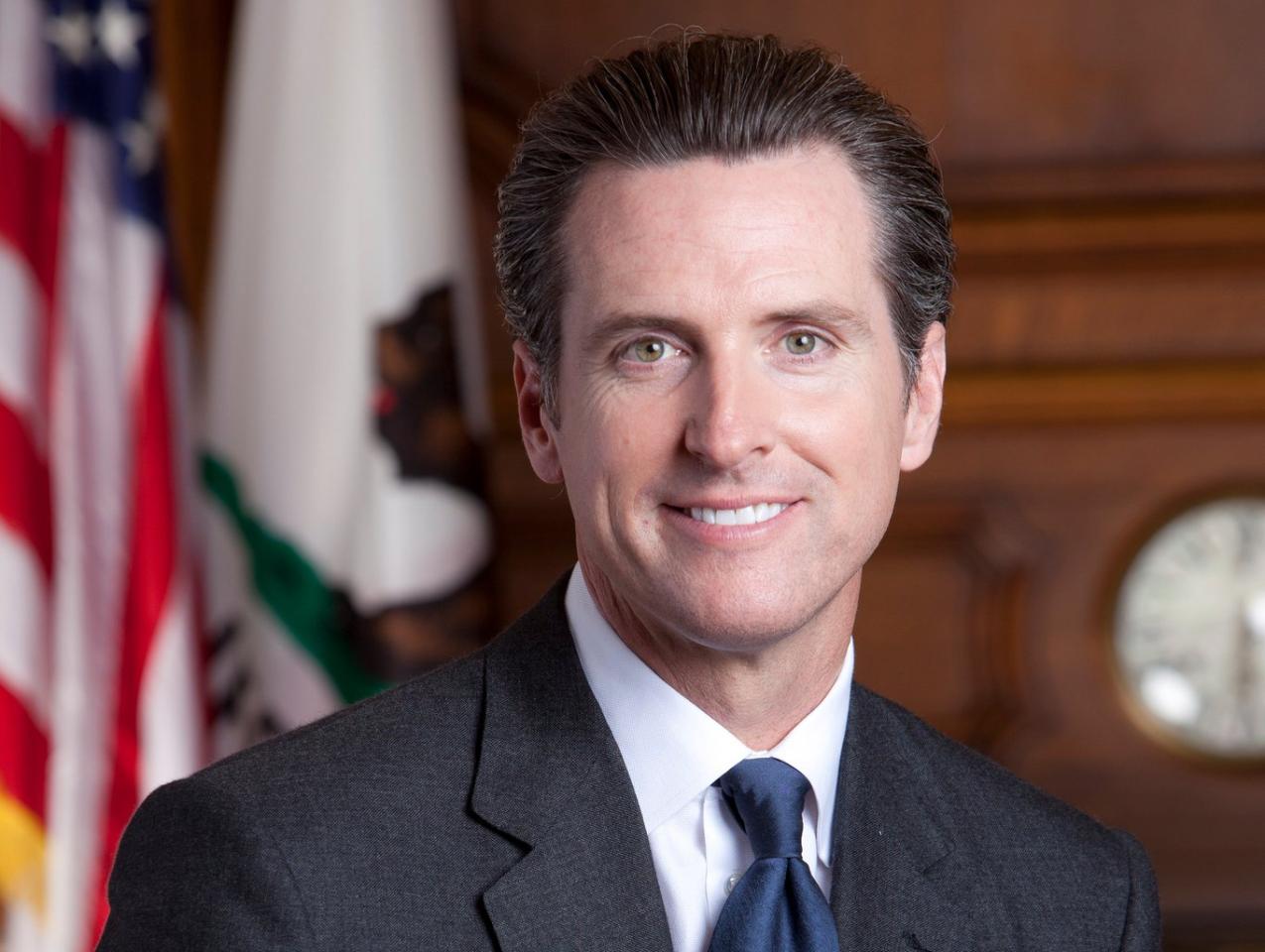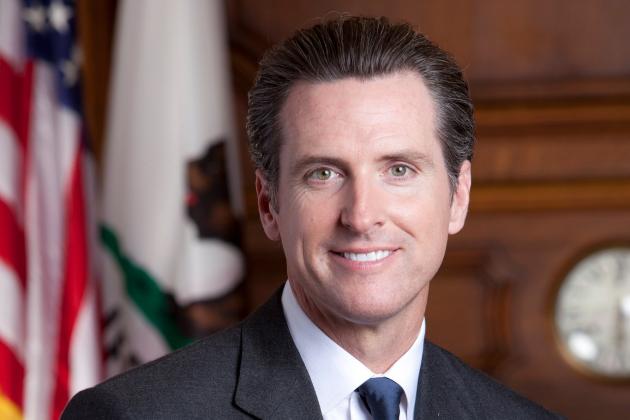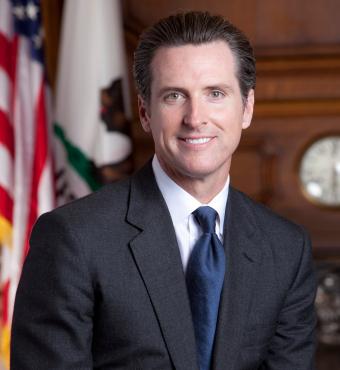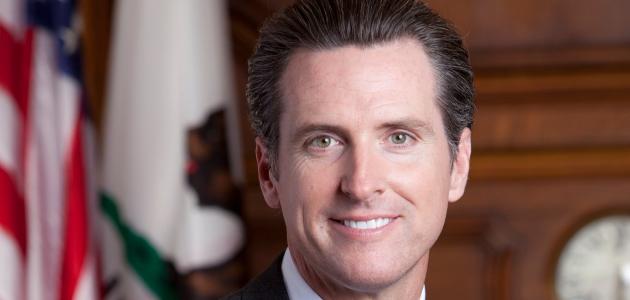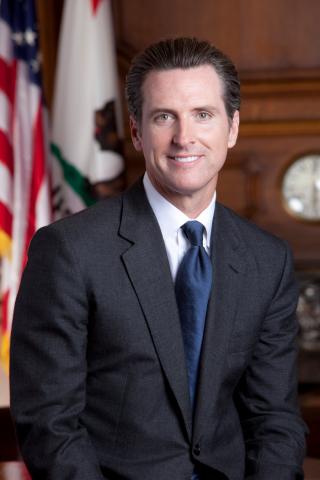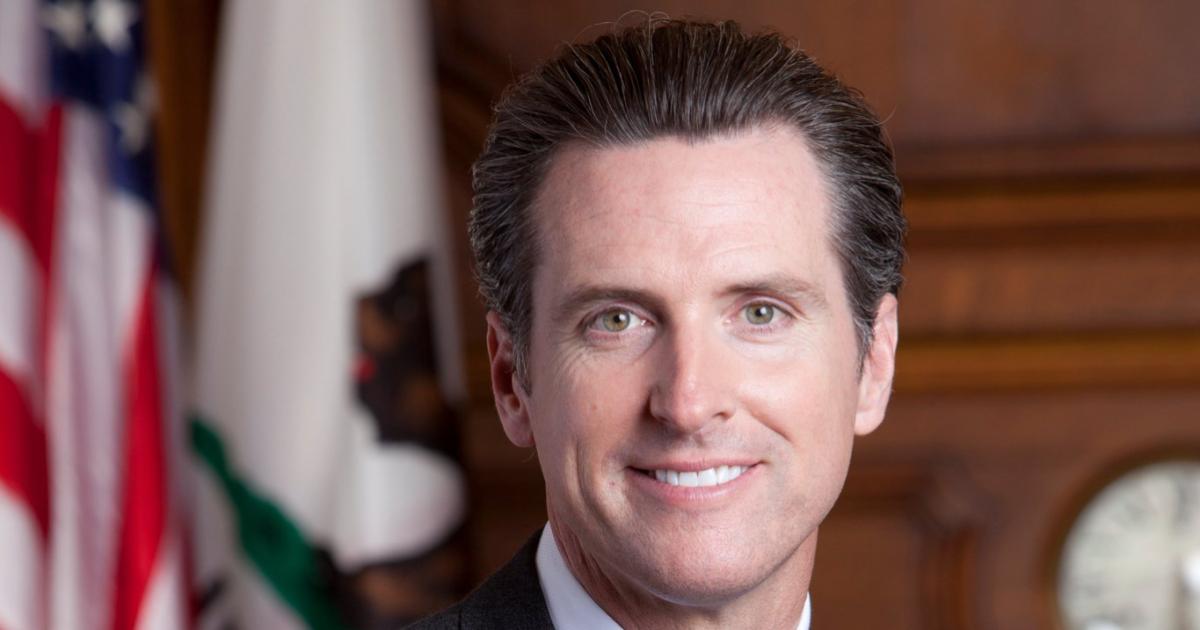- Health Care
- Politics, Institutions, and Public Opinion
- State & Local
- California
“Mojo” is a concept known mostly to fans of the Austin Powers film series (as in, the British superspy needs it to thwart his nemesis, Dr. Evil) and devotees of the classic rock group The Doors (Mr Mojo Risin being an anagram for the band’s late lead singer, Jim Morrison).
It’s also one way to assess what the future might hold for California Gov. Gavin Newsom, who’s approaching the midway point of his first term (the Golden State has not had a governor who served just four years or less in almost eighty years).
As California headed into the summer months and an uncertain future due to the health crisis, Newsom had mojo aplenty. This May survey showed nearly two-thirds of Californians (65 percent of adults, 64 percent of likely voters) approving of Newsom’s job performance, up more than ten points from February.
Not only was Newsom on firm political ground, what with a robust budget surplus and a strong revenue-generating economy prepandemic, he was positioned exactly where he wanted to be in order to take the next rung up the political ladder—to the Oval Office.
Fawning journalists hailed Newsom’s swagger as the self-appointed leader of California’s anti-Trump “resistance.” In a Democratic Party struggling to find a leader to take the fight to the president, Newsom seemed the perfect foil . . . for a 2024 election in which an America exhausted by eight years of Donald Trump’s histrionics and the historical trend of swapping out parties would work to the advantage of a charismatic, futuristic Democratic governor literally riding in from the west. (Laugh if you want, but it worked for Bill Clinton in 1992.)
And then the coronavirus pandemic scuttled that rosy scenario.
The budget surplus, with lawmakers feeding at the trough, turned into a nightmarish deficit with not enough slop to go around. Newsom’s Twitter-tilting at Trump has given way to the spectacle of daily news briefings during which California’s governor implores his constituents to follow his edicts, be it telling citizens to don masks (he has broad authority under the California Emergency Services Act to issue such a mandate during a pandemic) or threatening local officials if they don’t obey Sacramento’s line.
So what has this cost Newsom?
While polling data are scant, this July survey shows Newsom’s approval rating slipping twelve points (it’s part of a national trend that shows governors in coronavirus hotspots shedding popularity).
The bigger concern for Newsom would be whether his governorship can revert to the same shape and form as it was prepandemic: spending lavishly on social programs, without such annoyances as shriveled revenue streams and economic contractions.
In that regard, Newsom should be concerned. California’s recent history suggests that its sitting governors, once upended by economic upheaval, have a difficult time regaining their political footing—i.e., recapturing their mojo.
This didn’t happen to Newsom’s predecessor, Jerry Brown, California’s thirty-fourth and thirty-ninth governor. Brown inherited the job at the time of the Great Recession, made difficult budget choices, and stood his ground with a displeased legislature, then reaped the benefits of a boom economy only recently struck down by the global contagion.
Better examples would be the fates of Arnold Schwarzenegger, who preceded Brown, and Gray Davis, the answer to the Jeopardy! question of the governor recalled in favor of the Hollywood superstar.
Schwarzenegger stormed into office in October 2003, only to be tripped up by the following year’s statewide election (the Governator couldn’t get Republican legislative candidates over the finish line) and a special election of his own making in 2005 that backfired horribly. (All four 2005 reform initiatives championed by Schwarzenegger to reshape Sacramento’s culture and power hierarchy—limiting state spending, depoliticizing redistricting, altering teacher tenure, and complicating unions’ ability to collect union dues—lost by seven points or more.)
Schwarzenegger did recover in time to earn reelection in November 2006 and a full four-year term. He discovered climate change as a signature issue, made peace—not war—with legislative Democrats, and cruised to victory by easily trouncing then treasury secretary Phil Angelides, a victory due in part to the incumbent’s willingness to outflank his opponent on the left.
But then the Great Recession laid waste to Schwarzenegger’s second-term ambition as, like Newsom, he found himself engaged in budget triage. California’s state government, starved for cash, issued IOUs as it couldn’t pay its bills. Payments to schools were delayed and public employees were furloughed.
For Schwarzenegger, it was an exit from Sacramento hardly fitting for an action-movie hero. By July of his final year in office, Schwarzenegger’s Field Poll rating had sunk to 22 percent, the lowest such number for a California governor in that survey’s fifty-year history.
But at least Arnold was able to complete his second term, a courtesy not afforded the previous governor, Gray Davis, thanks to the 2003 recall election.
And, again, a bad economy was the culprit (plus that pesky little matter of rolling blackouts).
Once California’s dot-com bubble burst at the beginning of the century, Davis went from the man once hailed as America’s most fearless governor (for signing health-care reform) to a fellow who looked outmatched versus heavy-spending Democratic lawmakers and special interests feeling unencumbered after sixteen years of Republican governors in Sacramento.
This is not to suggest that Newsom’s destiny is a recall ouster or historically awful poll numbers. But there is a question of how California will come to view him if, as current social and economic conditions would suggest, his governorship has been redefined from a good-time leader (speaking boldly amid a hothouse economy and revenue galore) to the bearer of bad tidings.
Will lawmakers treat Newsom as roughly as a previous generation dealt with Davis (pre-Proposition 30, which changed budget passage from a two-thirds requirement in both legislative chambers to a simple majority, state Assembly and Senate Republicans were still germane to the budget-writing process and, as such, an irritant to the Democratic governor)?
Will voters turn on Newsom—tiring of the sometimes indecipherable press-conference word salads and rambling techno-jargon—as they did Arnold’s one-liners? (Indeed, one creative reporter has come up with a “translator” for Newsomian English.)
Politically, it may be the political story to watch come the time California moves on from the pandemic as its dominant concern: Can Gavin Newsom regain his ambitious stride?
Or, whipsawed by a battered economy, diminished faith in government, and a weary electorate, is the governor of California’s mojo a no-go?
Bill Whalen, a Hoover Institution research fellow and the Virginia Hobbs Carpenter Fellow in Journalism, analyzes campaigns, elections and governance with an emphasis on California and America’s political landscapes.







